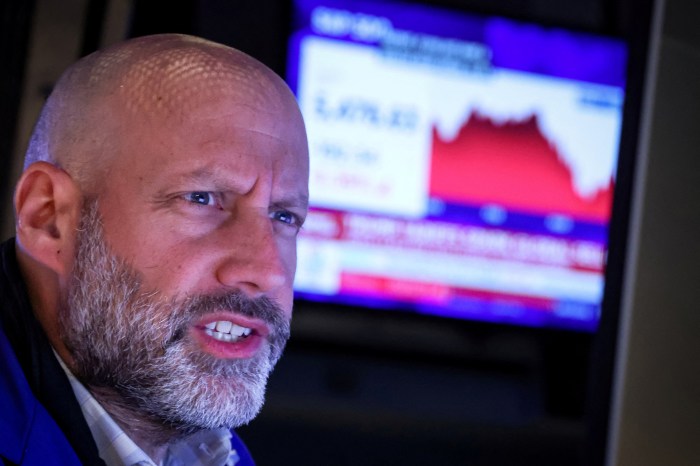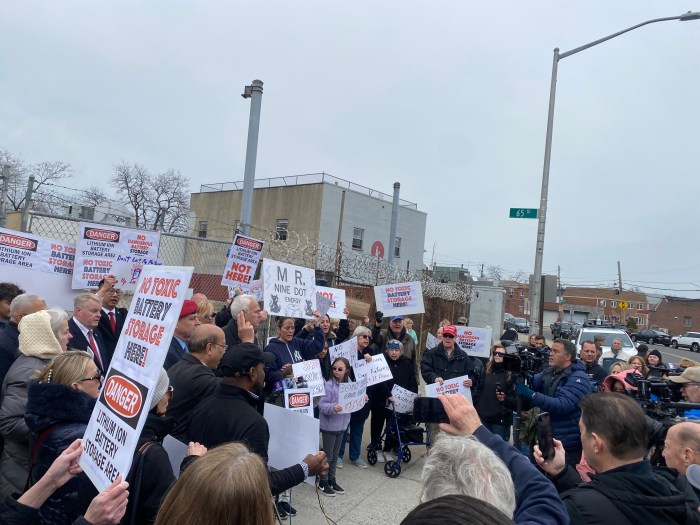Did you hear it?
Wednesday’s nor’easter slammed New York City with snow and strong winds, but that’s not all. The National Weather Service also received reports of thundersnow.
Yes, you read that right, and yes, it’s real.
Thundersnow occurs when “shallow layers of unstable air lead to enhanced upward motion, increasing snow growth and causing enough electric charge separation for lightning,” according to the NWS.
Thundersnow?! For those of you who are curious about it..check out this graphic! pic.twitter.com/x76jmT7VCB
— NWS New York NY (@NWSNewYorkNY) March 7, 2018
“It’s the exact same thing that we experience in the summer with a thunder storm,” NWS meteorologist Faye Morrone explained. “It’s just that because it’s winter and there’s snow, we get thundersnow.”
The presence of thundersnow is a rare treat for New Yorkers, but it’s also indicative of a strong storm system, according to Morrone.
“It’s not common but it is something that we’ve seen about once a winter over the past two to three years,” she added.
The National Weather Service issued a winter storm warning for the five boroughs through 4 a.m. Thursday.
Snowfall was the heaviest in the late afternoon and early evening, which is also when New Yorkers were most likely to hear thundersnow, according to the NWS.
Reports of thundersnow in Lower Manhattan. Did you hear it?— NWS New York NY (@NWSNewYorkNY) March 7, 2018
Did not know #thundersnow was a thing until about 5 minutes ago. Relieved to hear it’s not the apocalypse as I initially assumed.
— Katie Kallam (@kkallam) March 7, 2018
K so just found out what #ThunderSnow is first hand and I'll be honest – i'm not thrilled about it
— Juliette Miller (@JTEM91) March 7, 2018
Just saw huge lightning flash here in Brooklyn. #thundersnow @LeeGoldbergABC7 @Evansweather @billritter7 @TamsenFadal @mikewoodsfox5
— TerrellQ.Rogers (@TQR317) March 7, 2018
Uh…. since when is #THUNDERSNOW a thing? maybe coming to the office wasn't such a good idea after all :/
— Noreen Chandarana (@NorChandarana) March 7, 2018
People took to Twitter Wednesday afternoon with reports of hearing the phenomenon.
“K so just found out what #ThunderSnow is first hand and I’ll be honest – I’m not thrilled about it,” Juliet Miller tweeted.
“Did not know #thundersnow was a thing until about 5 minutes ago. Relieved to hear it’s not the apocalypse as I initially assumed,” tweeted Katie Kallam.
“Just saw huge lightning flash here in Brooklyn,” Terrell Q. Rogers tweeted.
The National Weather Service’s New York branch also tweeted it had received reports of thundersnow in lower Manhattan.



































